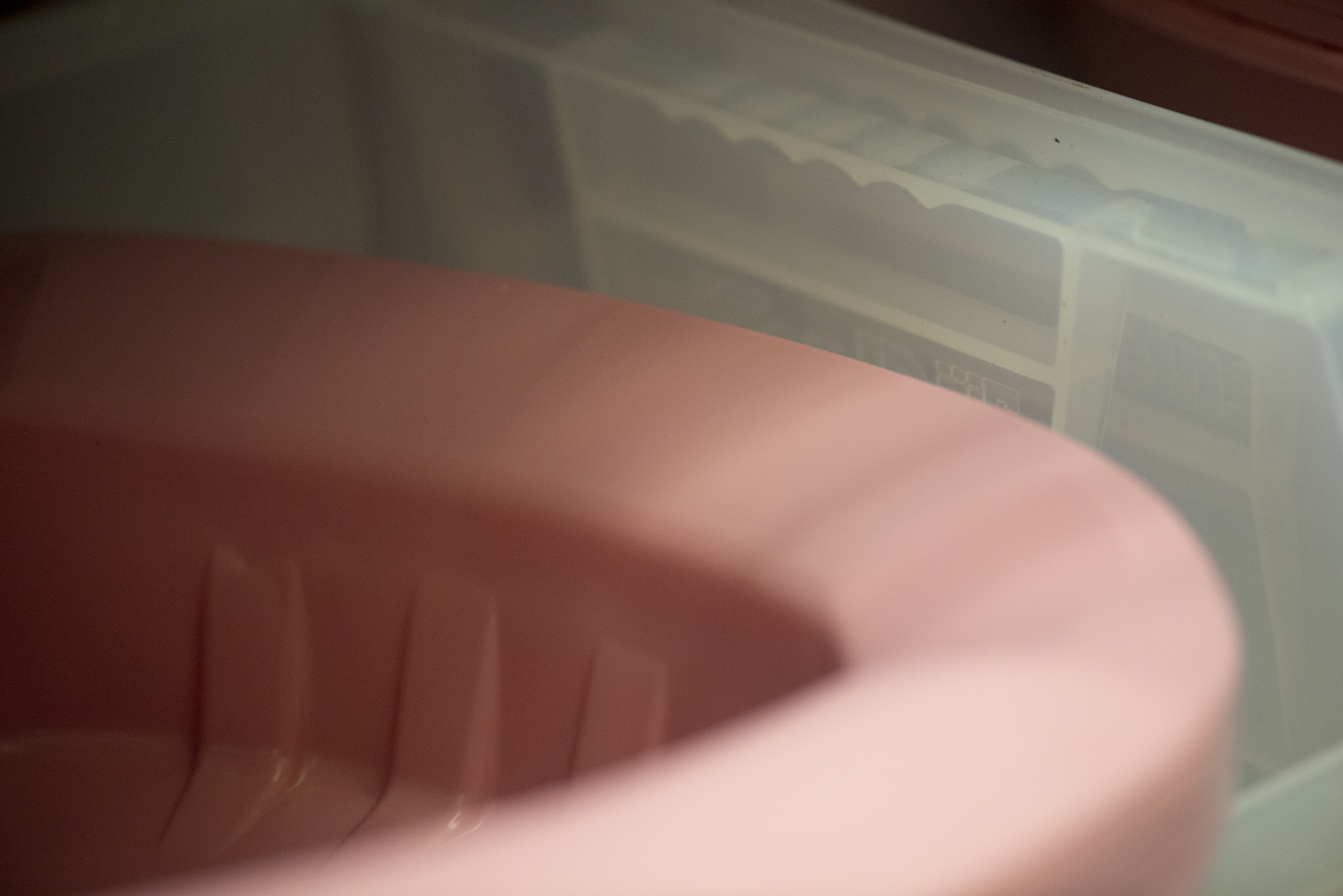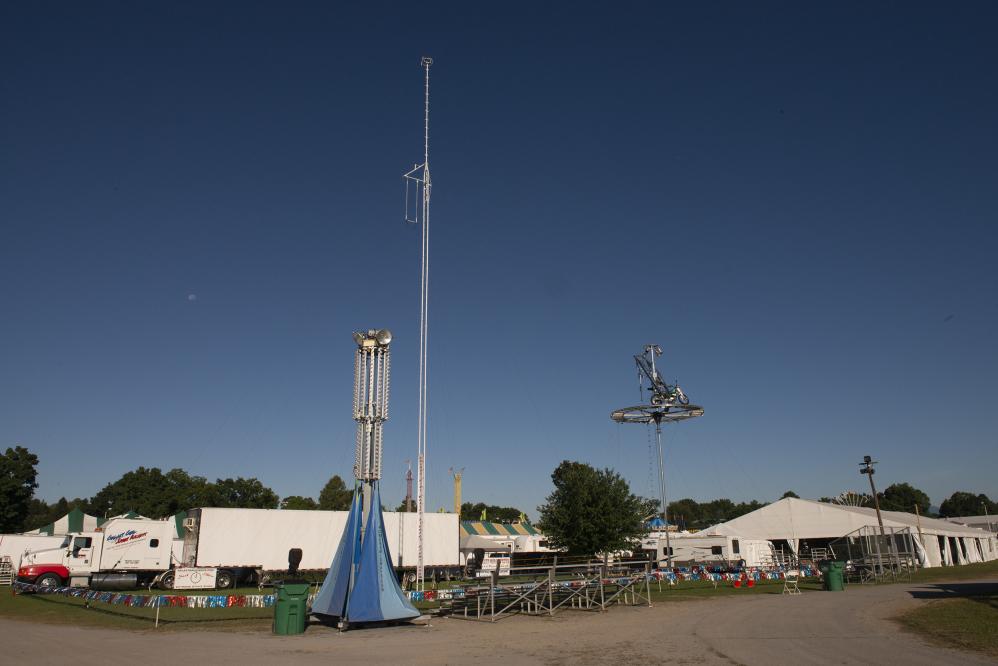Incontinence in the Setting of Morbid Obesity
Incontinence is a relatively common condition, particularly in obese individuals. Defined as involuntary passage of urine or feces, incontinence is rarely associated with serious underlying pathology, but can have a profoundly negative impact upon quality of life, limiting daily activities and affecting psychological wellbeing, social interaction and interpersonal relationships.
Incontinence Can be Helped with Weight Loss

Urinary Incontinence
Urine is formed from water mixed with waste material filtered from the blood by the kidneys. It passes from the kidneys to the bladder via tubes known as ureters. The bladder itself is an elastic, muscular sac located in the pelvic cavity, directly behind the pubic bone, supported by the pelvic floor. At the lowest point of the bladder, a tube called the urethra allows urine to pass out of the body. The urethra is kept closed by two sets of muscle fibers wrapped around it to form valves or sphincters. The internal sphincter is controlled by the autonomic nervous system, whilst the external sphincter is under voluntary control. The smooth detrusor muscle of the bladder wall is also under autonomic control. As the bladder fills and expands, nerve signals tell the detrusor muscle to contract, whilst simultaneously relaxing the pelvic floor and internal sphincter of the urethra. Under normal circumstances the urge to urinate occurs when the bladder is only half full, with the external sphincter remaining closed until voluntary passage of urine is initiated. Any disruption to this series of events can lead to urinary incontinence.
The two most common forms of urinary incontinence are stress incontinence and urge incontinence. In the former, weakened sphincter and/or pelvic floor muscles fail to prevent the urethra opening involuntarily during situations when the abdomen is placed under pressure, such as when coughing, laughing, sneezing, lifting heavy objects or during exercise. This form of incontinence is most common in women, as hormonal changes associated with pregnancy and the menopause can affect muscle tone, and childbirth and some gynecological procedures may result in weakness or damage to the pelvic floor.
Urge urinary incontinence
Urge urinary incontinence is characterized by leakage of urine precipitated by a sudden intense urge to urinate which often occurs only a few seconds prior to release of urine, allowing insufficient time to reach a toilet. Temporary cases of urge urinary incontinence can be caused by urinary tract infections or consumption of diuretics or bladder stimulants such as alcohol, caffeine, and certain prescription medications for conditions including hypertension, kidney disease and heart failure. Some sedatives and muscle relaxants may also contribute towards episodes of temporary urge urinary incontinence. Permanent urge urinary incontinence is more common in older people and is frequently associated with overactive bladder syndrome; a condition in which the detrusor muscle is stimulated to contract before the bladder is full. This creates a sustained high pressure state within the bladder, leading to increased urgency, frequency and eventual leakage of urine. Detrusor overactivity affects men and women equally and may be associated with neurological conditions such as Parkinson’s disease, spinal cord injury, multiple sclerosis or diabetic neuropathy.
Other causes of urge urinary incontinence include irritable bowel syndrome, dementia, stroke, bladder cancer and bladder stones, and in men the condition can be a symptom of an enlarged prostate. However, idiopathic urge urinary incontinence, where no obvious cause can be identified is also common.
Overflow Incontinence
Less commonly, overflow incontinence may occur. Characterized by involuntary leakage of urine from an overly full bladder in the absence of detrusor contraction, overflow incontinence often occurs without a precipitating urge to pass urine and can be caused by detrusor weakness, neurological conditions or blockages to the urethra. It is also possible to experience multiple forms of incontinence simultaneously, with the term mixed incontinence used to describe a combination of stress urinary incontinence and urge urinary incontinence.
Fecal Incontinence
Under normal conditions, waste material from digested food (stools or feces) passes through the colon towards the rectum where it is stored prior to expulsion through the anus during defecation. As with the bladder, the anus is held in a closed position by an internal sphincter controlled by the autonomic nervous system and an external sphincter under voluntary control. As the rectum fills, its walls expand, stimulating nerves that trigger the urge to defecate. If bowel movement is permitted then the muscular walls of the rectum contract whilst the anal sphincters relax to allow the fecal matter to pass out of the body. If it is not convenient to visit the toilet then bowel emptying may be delayed by voluntarily keeping the external sphincter closed. This results in fecal matter passing back into the colon, such that the urge to defecate temporarily subsides. As with UI, sphincter weakness and disruption to nerve function can result in fecal incontinence (fecal incontinence), with childbirth a significant risk factor for developing the condition. Age, neurological conditions, inflammatory bowel disease, spinal damage, hemorrhoids and previous anal surgery are also known risk factors for fecal incontinence.
Diarrhea can cause fecal incontinence, particularly in the presence of pelvic floor or sphincter weakness, as liquid or loose stools tends to fill the rectum more rapidly than solid feces and are much harder to retain. Conversely, large, hard stools produced as a result of constipation can themselves cause damage to the sphincter muscles.
Incontinence and Obesity
Obesity is a known risk factor for urinary incontinence, with susceptibility and severity of symptoms closely related to BMI. The mechanisms underlying this relationship have yet to be fully established, but the strong correlation between BMI and intra-abdominal pressure is thought to be a significant factor in development of stress urinary incontinence and urge urinary incontinence. Obese individuals are also known to exhibit reduced nerve conduction velocities, potentially impacting upon the time taken for the nerve signals controlling bladder function to be relayed, which may play a part in overflow incontinence.
Diabetes - another condition frequently associated with obesity- is also a risk factor for developing urinary incontinence, particularly in individuals who are insulin-dependent. The cause of this is currently unknown, but diabetes is understood to impact upon urine production and nerve sensitivity: The elevated levels of blood glucose observed with poorly controlled diabetes can lead to increased thirst and urine production as the body seeks to rid itself of unwanted glucose through urinary excretion, whilst nerve damage associated with diabetic neuropathy can affect bladder sensation and detrusor activity. Constipation is also a common complication of diabetes, and can make it difficult to fully empty the bladder, potentially resulting in overflow incontinence.
Whilst increased intra-abdominal pressure and nerve conduction abnormalities have been implicated in the pathogenesis of obesity-related fecal incontinence, studies have also observed altered stool consistency in obese individuals with fecal incontinence, and elevated BMI has been linked to upper gastrointestinal symptoms and diarrhea. It is therefore possible that other digestive issues are involved, and dietary modification can be an effective intervention for some people. Certain drugs used as a medical weight loss treatment include fecal incontinence as a known side effect; their action upon fat absorption can lead to altered stool consistency and bowel habits in a significant number of cases.
Obese individuals often experience reduced mobility, and this can contribute to episodes of what is known as functional incontinence, where leakage of urine or feces occurs because of difficulty accessing toilet facilities in a sufficiently timely manner.
Diagnosis
Diagnosis of incontinence can be made via clinical interview alone, but testing and examination may be required in order to investigate underlying causes. In cases of urinary incontinece, urodynamic tests to assess bladder and urethra function may be performed. These usually involve insertion of a catheter into the urethra to measure bladder pressure and residual urine, in addition to tests of inter-abdominal pressure and measurement of urine flow and pressure. Urine samples may also be analyzed to rule out bladder infection or kidney disease. In cases of fecal incontinence, a device called a manometer may be used to assess sphincter and rectal nerve and muscle function. Endoscopic, x-ray or ultrasound rectal imaging studies may also be recommended.
Bariatric Surgery
Where obesity is a factor, significant weight loss, whether achieved through lifestyle modification or surgery may frequently lead to a marked reduction in episodes of urinary incontinece, with several studies reporting complete resolution of urinary incontinece symptoms in morbidly obese individuals who lost weight following bariatric procedures. Weight loss is also important in controlling diabetes; reaching and maintaining a healthy weight can lead to complete resolution of type 2 diabetes in some cases.
To date most research into the impact of bariatric surgery upon fecal incontinence has been limited, focusing predominantly on Roux-en-Y gastric bypass procedures in female patients. Additionally, the fact that many individuals are unwilling to discuss fecal incontinence due to embarrassment makes it difficult to gather accurate data on the issue. With these considerations in mind, the balance of evidence currently suggests that symptoms of fecal incontinence tend to improve post-operatively. However, some studies have reported worsening of symptoms following bariatric surgery, and malabsorbtive procedures in particular can lead to an increase in diarrhea in some individuals. Anatomic changes to the gastrointestinal tract and post-operative dietary modification can both contribute to altered bowel habits, which may explain some of these effects.
Other Treatments
Treatment depends on the underlying cause of incontinence. In cases of fecal incontinence associated with diarrhea or constipation, it may be possible to gain control over symptoms through dietary modification. For instance, where loose stools are a factor, reducing consumption of fat and insoluble fiber may be advised. Individual with urinary incontinece may derive symptomatic relief from reduction of caffeine consumption and careful monitoring of fluid intake.
When incontinence develops as a result of pelvic floor weakness, particularly following childbirth or prostate surgery, pelvic floor exercises can be an effective treatment for both fecal incontinence and urinary incontinece. Often referred to as Kegel exercises, these techniques rely on regular repeated contraction of the pelvic floor muscles in order to restore muscle tone and strength. Whilst the exercises themselves are discreet and straightforward to perform, some people can struggle to identify the correct muscles to contract and it is therefore important to seek initial guidance from a suitably qualified clinician.
When more conservative techniques are not effective, various medications are available to treat fecal incontinence and urinary incontinece. Antimuscarinic and antidepressant drugs can be effective in treating urge urinary incontinence and stress urinary incontinence respectively but both carry numerous side effects, particularly in elderly people, so are not always suitable. For fecal incontinence, bulk laxatives or antidiarrheal drugs such as loperamide may be prescribed to address issues with constipation or diarrhea and to establish regular patterns of bowel movement. These are typically considered safe for prolonged usage.
In individuals who are unable to manually contract their pelvic floor muscles due to nerve damage, pelvic floor electrical stimulation may be beneficial. Also known as sacral nerve stimulation or neuromodulation, the technique involves electrically stimulating the muscles to contract via temporary or implantable electrodes.
Surgery is typically considered only when all other treatment options have been explored. In obese individuals, when weight loss does not result in resolution of incontinence symptoms, it can still be significant in simplifying and reducing the risks associated with surgical incontinence treatments.
The most common procedure for fecal incontinence is sphincteroplasty, in which sphincter muscle defects are repaired by removing the affected section before sewing the edges of the remaining muscle together. Less commonly, muscle tissue from the buttock or thigh can be used to create an artificial sphincter muscle. Fully artificial sphincters and injectable bulking and strengthening agents are also available. Should other surgical procedures fail then a colostomy may be advised.
For women with stress urinary incontinence, sling or tape procedures in which a synthetic mesh material is positioned beneath the urethra to provide extra support and add strength to the pelvic floor are among the most common. Catheters, artificial sphincters and bulking agents can also be used in the treatment of UI, and a urinary diversion procedure, where the flow of urine from the ureters is surgically redirected into a bag outside the body may be performed in otherwise untreatable cases of urge urinary incontinence.






